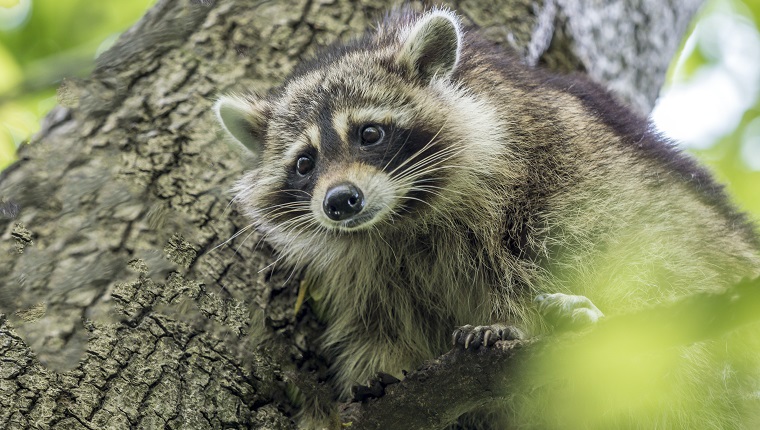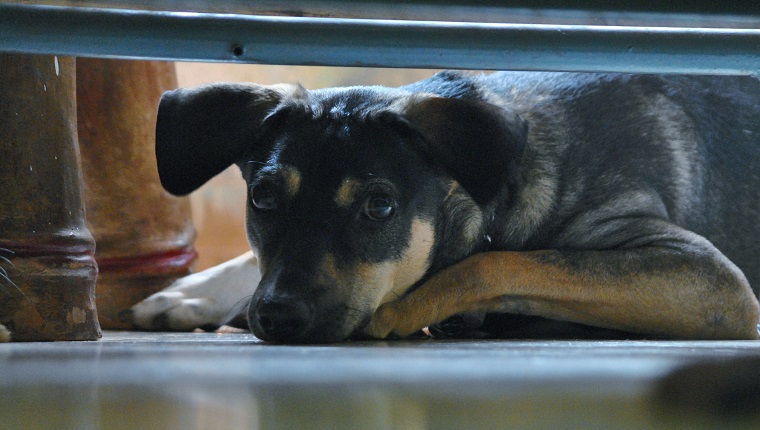Coonhound paralysis in dogs, also known as acute canine idiopathic polyradiculoneuritis (ACIP), is a medical condition that affects dogs who have come into contact with raccoon saliva.
The condition causes a dog’s nerves to become inflamed. It can affect all dog breeds; although certain breeds, including the Rottweiler and the Coonhound, have the highest risk.
If you see signs that your dog is developing concerning symptoms, then you must consult your veterinarian for a proper diagnosis and advice. Here’s what you should know about the symptoms, causes, and treatments of coonhound paralysis in dogs.
Symptoms Of Coonhound Paralysis In Dogs
Coonhound paralysis in dogs can produce a number of symptoms that usually start to appear around a week after a dog contracts the disease. Some of the most common symptoms include:
- Slower than usual reflexes
- Breathing difficulties
- Losing muscle mass and muscle weakness
- Losing muscle strength in the face
- Paralysis in the limbs
Causes Of Coonhound Paralysis In Dogs

The cause of coonhound paralysis in dogs is mostly thought to be coming into contact with the saliva of an infected raccoon.
In some cases, viral infections and bacterial infections have also been suggested as causes, along with autoimmune issues.
Veterinary Treatments
If you suspect that your dog might be suffering from coonhound paralysis, your veterinarian will want to carry out a full physical examination.
They’ll also look over your dog’s medical history, along with trying to identify any recent situations where they might have come into contact with a raccoon. The vet will carry out comprehensive blood tests, possibly in addition to a spinal fluid analysis.
When it comes to treatment, dogs with severe cases of the disease that cause breathing issues might require hospitalization. Vets may also use a ventilator to help to stabilize a dog, as well as with intravenous fluids.
Vets usually suggest a period of physical therapy for recovering dogs. Your veterinarian can help to suggest an appropriate regimen.
It is also vital to keep up regular appointments with your vet so that they can monitor your dog’s health, progress, and return to mobility.
Have you ever adopted a dog who developed coonhound paralysis? What steps did your vet take to help your dog regain mobility? Tell us all about it in the comments below.





